test heading
Maxwell Perkins: Author’s Champion, Author’s Challenge
Maxwell Perkins (1884-1947) is perhaps the most famous book editor of the 20th century. He edited for 37 years at Charles Scribner & Sons starting in 1910.
It was said Perkins was always kind and courteous, although he never shied from challenging authors, thoughtfully and thoroughly, and thinking long and hard over detail and structure.
There are tales of him struggling with Thomas Wolfe for instance, over nearly every sentence of his debut Look Homeward, Angel and arguing for massive cuts in it.
Perkins had an unparalleled instinct for spotting talent—apparently he signed up Hemingway over the strong objections of the editorial board, and ditto another author called F.Scott Fitzgerald. With A Farewell to Arms and The Great Gatsby, some would say he was midwife to the Great American Novel.
He also found Marjorie Kinnan Rawlings’ The Yearling which won the Pulitzer, and became a perennial bestseller.
What inspires me about Maxwell Perkins is the two-way fight—the editor’s “No Man’s Land,” you might call it: pushing against The House if necessary to champion an author he believed in, but also pushing against the author’s ego, to push him or her to fulfill the promise of their own vision. Some writers who worked with him have said he believed in them more than they believed in themselves.
***
Ursula Nordstrom: A Big Vision of “Good Books for Bad Children” (her words)
Ursula Nordstrom (1910-1988) edited at Harper & Row from 1940 to 1973. She created the famous Little Golden Books collection and far more than that, she helped open up avenues for a new breed of children’s author.
At a time when much of what passed as children’s books was either vapid or morally didactic, Ursula Nordstrom’s battle cry was to speak to the real inner life of children, and connect with their feelings and imaginations.
She held a high standard, a vision of children’s literature as . . . literature. And into this space she envisioned, many brilliant and daring authors and artists rose up, and forever changed children’s publishing.
To name a few: E. B. White’s Charlotte’s Web, Margaret Wise Brown’s Goodnight Moon, Crockett Johnson’s Harold and the Purple Crayon, Maurice Sendak’s Where the Wild Things Are, Shel Silverstein’s Where the Sidewalk Ends and many more household names like Laura Ingalls Wilder, Ruth Krauss, Charlotte Zolotow, and Arnold Lobel…
For more, read Dear Genius: the Letters of Ursula Nordstrom.
***
René Goscinny: Creating a Space for Other Talents to Blossom In
Though he is best remembered as the author of the Asterix series, René Goscinny (1926-1977) was also a prodigious editor, and helped launch many of the luminaries of French bande-dessinée (comics) in the 50s, 60s and 70s in a now legendary comics magazine called Pilote.
Asterix isn’t just a worldwide commercial success…
It’s also an incredible body of work, hilarious, tender, and full of human insight and social commentary which stand the test of time. This was only one of many series penned by Goscinny, others included Lucky Luke, Yakari, Rubrique-à-Brac with Marcel Gotlib… The Asterix phenomenon became the financial engine for Pilote Magazine, and through it, helped propel many newcomers who would become greats.
Among the many, many talents Goscinny first showcased are some of the best: Jijé, Morris, Mœbius/Giraud, Enki Bilal, Jean-Claude Mézières, Jacques Tardi, Philippe Druillet, Marcel Gotlib and more.
Interestingly enough, before all this, Goscinny was said to be hanging around in New York in the mid-fifties with the likes of Harvey Kurtzman, Don Martin, and Mort Drucker at the very inception of Mad Magazine. Something was in the air, he caught it, and brought the germ back to Paris!
A sad footnote: in 1968, as the spirit of counter-culture swept through France, most of the Pilote authors turned on their boss, resenting Goscinny’s own success and accusing him—he in his customary suit and tie—of being “The Man.” He was called to a meeting in the magazine’s office, which he thought was a friendly get-together. Instead he stood before most of the Pilote authors for an angry session of blaming and name-calling. Some of the authors splintered off and created new magazines of their own. Much later, a number of them would say that day was the greatest regret of their life. Goscinny never quite recovered from it, and broke off most of his relationships with comics authors except for René Uderzo.
A brighter footnote: their Asterix series has sold over 250 million copies worldwide—more than Enyd Blyton, Dr Seuss, and Beatrix Potter combined.
For more on him, read the excellent René Goscinny: profession, humoriste by the late Guy Vidal, longtime Pilote editor. (In French, though.)


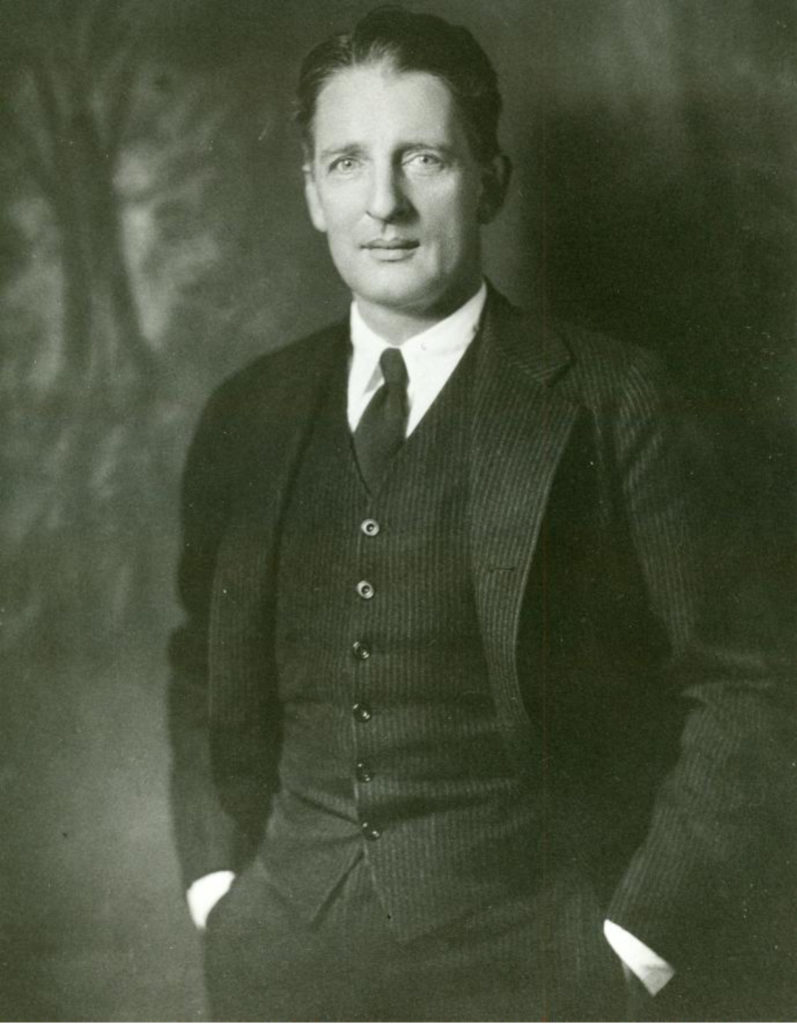
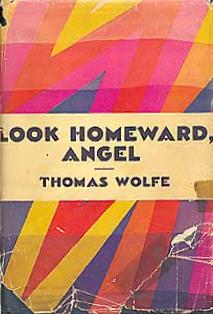
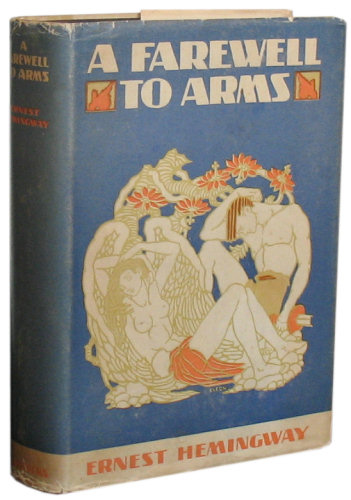
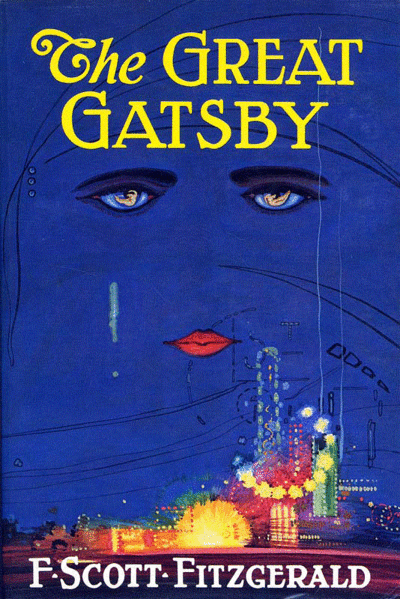
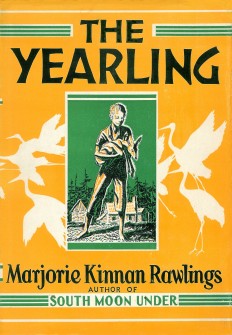
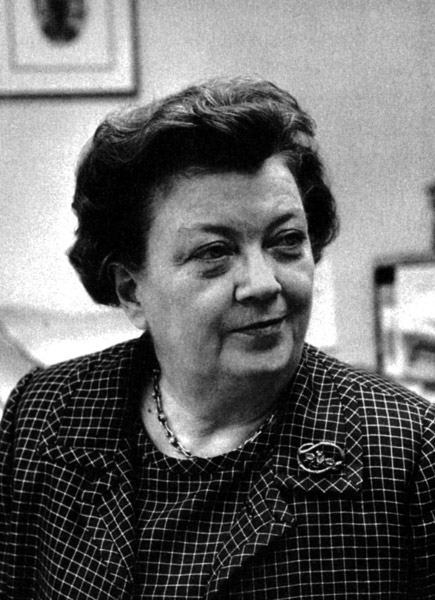
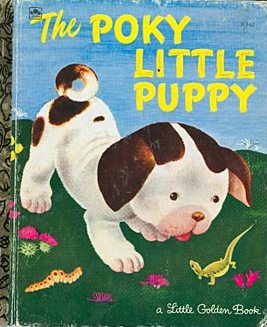

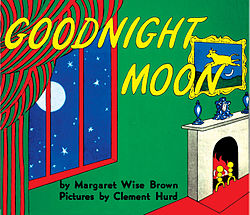

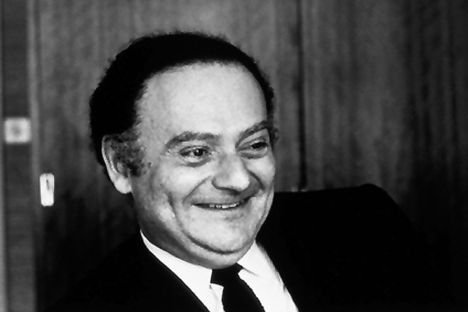
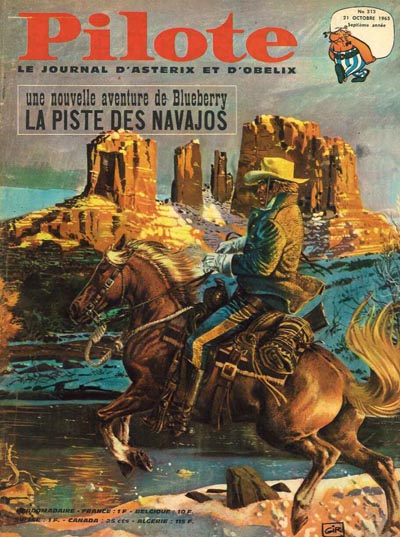
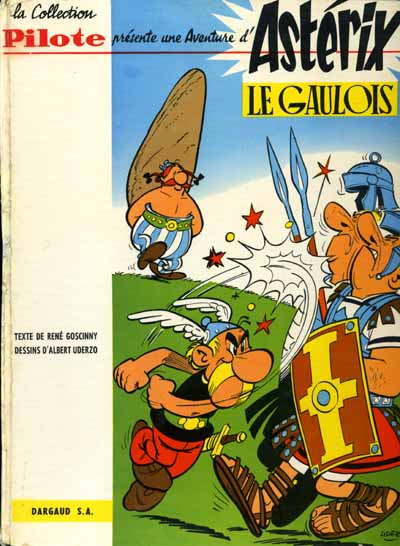
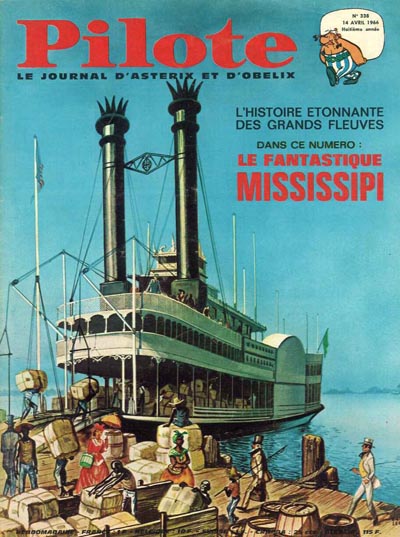

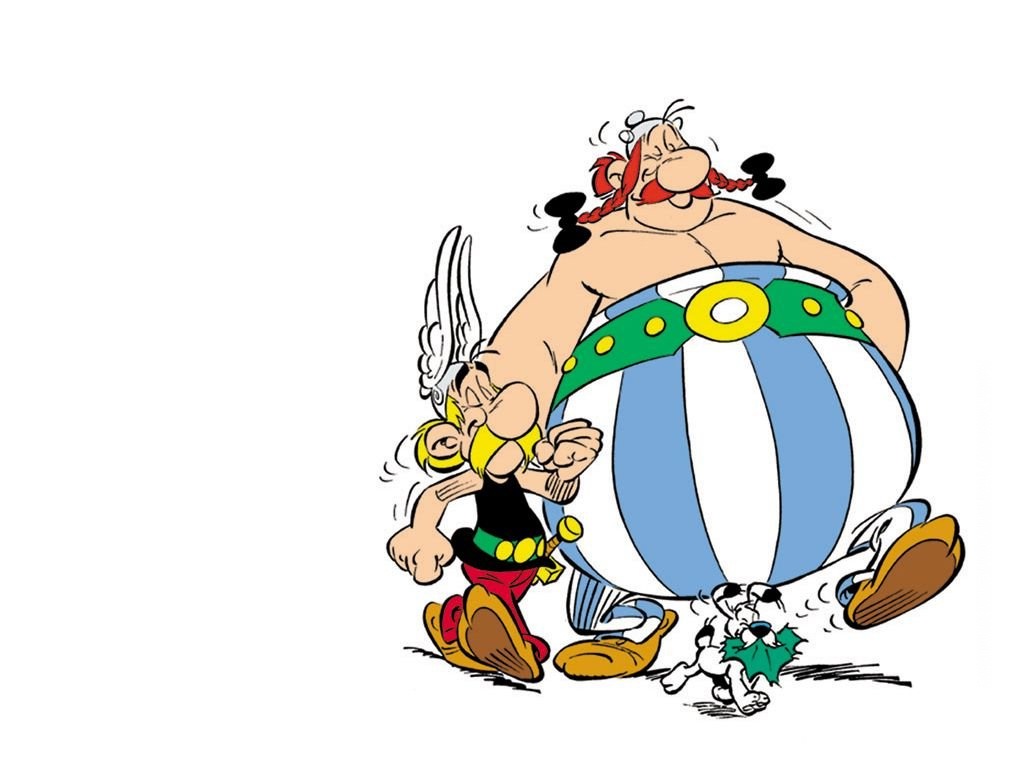


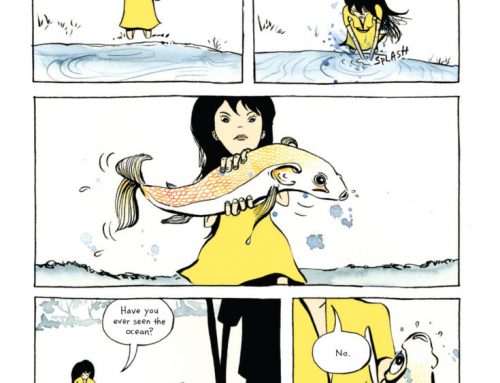
Hi Vicki!
Thank you! Reading this is a bright spot in my week. I re-read my biographies of Perkins and Nordstrom frequently, but was unaware of Goscinny. Thanks for this gift, Mark.